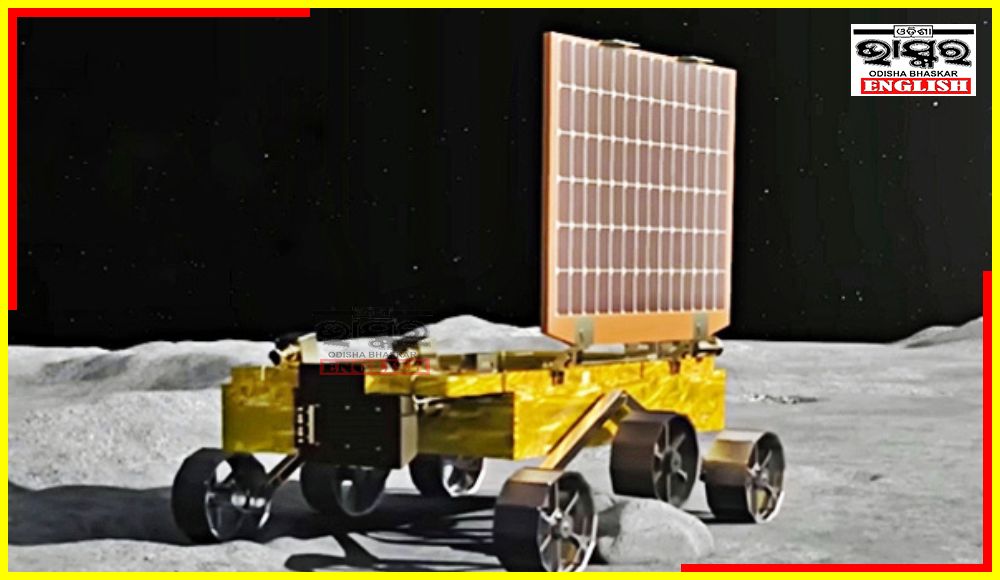New Delhi: The Pragyan rover of the Chandrayaan-3 mission has confirmed the presence of Sulphur on the lunar surface near the moon’s South Pole, informed the Indian Space Research Organisation (ISRO).
According to ISRO, the Laser-Induced Breakdown Spectroscopy (LIBS) instrument onboard Chandrayaan-3’s rover Pragyan has also identified the presence of Aluminum (Al), Calcium (Ca), Iron (Fe), Chromium (Cr), and Titanium (Ti), manganese (Mn), silicon (Si), and oxygen (O) on the moon. The search for Hydrogen is on.
Confirmation of the presence of Sulphur can be an indication that there is water ice on the lunar surface. Sulphur found on the Moon’s surface must have been released from volcanoes in recent times as Sulphur is quite volatile in nature.
There are chances that this Sulfur could be trapped in water ice. It is suspected that the water ice present near the south pole region was exposed to lunar radiation due to which it broke down and released Sulphur.
So, the connection between Sulphur and water ice on the Moon will be an important area of study in future.
Added to it, sulphur could be used to protect the Moon’s water ice from contamination by other harmful materials. It is believed lunar water ice is covered by a loose material called lunar regolith. Sulphur can be used to absorb water vapour and extract water ice from the regolith.




Comments are closed.